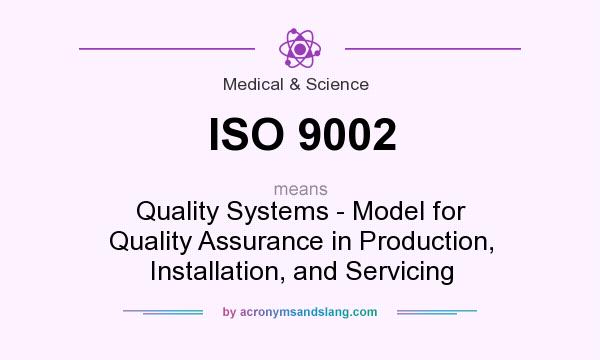
- #WHAT DOES ISO MEAN ISO#
- #WHAT DOES ISO MEAN SERIES#
#WHAT DOES ISO MEAN ISO#
ISO 9001:2015 - Auditor Transition Training. Additionally, organizations looking to improve employee performance and employees looking to continually improve will also find ISO 9000 training relevant. Professionals responsible for developing, implementing, auditing, and managing an ISO quality management system or quality professionals interested in updating their documented ISO 9001-based QMS can take ISO 9000 training courses, which include courses focused on ISO 9001 and quality management systems. Training can provide an opportunity to review the ISO 9001:2015 standard and apply quality management principles in a practice environment. Note: ASQ does not issue ISO 9001 certification. Read " What’s the cost?" for a checklist you can use to assess the costs of certifying to ISO 9001. Amount of support that will be required from a consultant and the associated costs. Amount of resources that the company will dedicate to this project for development and implementation. Current level of conformance with ISO 9001 requirements. Registrar’s costs for ISO 9001 registration, surveillance, and recertification audits. Organizations should consider the following as they begin preparing for an ISO 9001 quality management system certification: The certification process includes implementing the requirements of ISO 9001:2015 and then completing a successful registrar’s audit confirming the organization meets those requirements. In some instances or in some industries, certification is required or legally mandated. Meets customer requirements and statutory and regulatory requirementsĬertification to the ISO 9001 standard can enhance an organization’s credibility by showing customers that its products and services meet expectations. Follows the guidelines of the ISO 9001 standard. Achieving ISO 9001:2015 certification means that an organization has demonstrated the following: #WHAT DOES ISO MEAN SERIES#
ISO 9001 is the only standard in the ISO 9000 series to which organizations can certify. More than 3,000 employees were trained to the standard, enabling three critical components of the system’s success: training, communication and respect, and efficiency. In Nevada, the Clark County School District used ISO 9001 to save $174 million over 10 years in actual expenditures and cost avoidance.
Create satisfied customers, management, and employees. ISO 9001 helps organizations ensure their customers consistently receive high quality products and services, which in turn brings many benefits, including satisfied customers, management, and employees.īecause ISO 9001 specifies the requirements for an effective quality management system, organizations find that using the standard helps them: The ISO 9001:2008 revision sought to clarify issues raised during the application of ISO 9001:2000. The 1994 series also slightly modified the role of ISO 90.  ISO 9001:1994 included changes to improve the control of design and development clause, as well as provide other clarifications. The latest revision was published in September 2015. Originally published in 1987, ISO 9001 underwent revisions in 1994, 2000, and again in 2008.
ISO 9001:1994 included changes to improve the control of design and development clause, as well as provide other clarifications. The latest revision was published in September 2015. Originally published in 1987, ISO 9001 underwent revisions in 1994, 2000, and again in 2008. 
Whether you are beginning your ISO 9001 journey or transitioning to the 2015 revision, your first step is to purchase a copy of ISO 9001:2015.Īs of Septemorganizations that are currently registered to ISO 9001:2008 should have transitioned to the 2015 standard. The Seven Principles of ISO 9001:2015 How do I get started with ISO 9001:2015? An emphasis on risk-based thinking to enhance the application of the process approach.Some of the key updates in ISO 9001:2015 include: Measurement, analysis, and improvement of the QMS through activities like internal audits and corrective and preventive actionĬhanges introduced in the 20 revision are intended to ensure that ISO 9001 continues to adapt to the changing environments in which organizations operate.Product realization, including the steps from design to delivery.Management of resources, including human resources and an organization’s work environment.Requirements for a QMS, including documented information, planning and determining process interactions.

Specific sections of the standard contain information on many topics, such as: ISO 9001 is based on the plan-do-check-act methodology and provides a process-oriented approach to documenting and reviewing the structure, responsibilities, and procedures required to achieve effective quality management in an organization.

View the entire ISO Standards-Auditing Catalog What topics does ISO 9001:2015 cover?








 0 kommentar(er)
0 kommentar(er)
